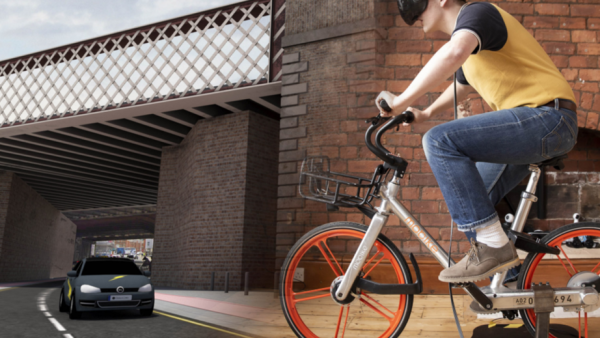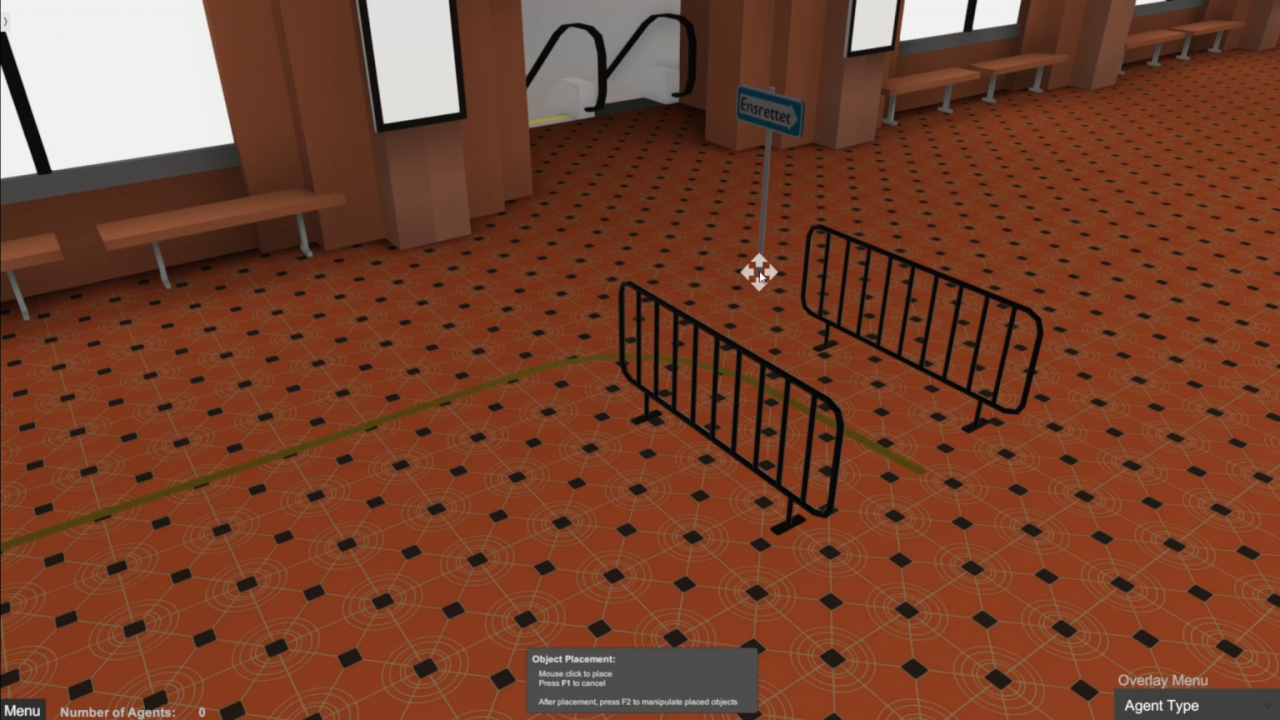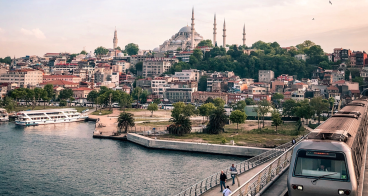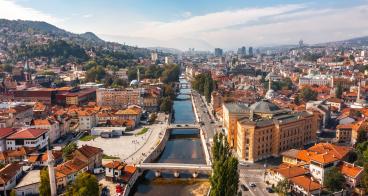
RAPID: 3D Prototyping
Early prototyping of mobility infrastructure changes, along with involvement of citizens in city planning, will result in more successful new schemes in terms of usage and consequent benefits.
Supported by: EIT Urban Mobility
Product Details
RAPID is a tool for Rapid Prototyping in 3D to support the development of infrastructure changes, such as new cycle lanes, changed pedestrian flows, and any changes to the built environment. Through early prototyping, RAPID supports the production of more effective schemes, which are more acceptable to users and citizens and avoids costly re-work and problems to be fixed later.
RAPID focuses upon the very early part of this design process:
- It provides a tool that can quickly create a 3D model for a spatial area of interest
- It allows different designs & options to be viewed quickly by City Planners and others
- the RAPID model could feed into more detailed processes and CAD models
The RAPID process consists of:
- gathering data of the spatial area of interest
- generating RAPID 3D models (of the current space and potential changes)
- exploring behaviour (using AI simulations of pedestrians, car drivers, etc.)
- using the models to interact and engage with decision
RAPID is a tool for Rapid Prototyping in 3D to support the development of infrastructure changes, such as new cycle lanes, changed pedestrian flows, and any changes to the built environment. Through early prototyping, RAPID supports the production of more effective schemes, which are more acceptable to users and citizens and avoids costly re-work and problems to be fixed later.
RAPID focuses upon the very early part of this design process:
- It provides a tool that can quickly create a 3D model for a spatial area of interest
- It allows different designs & options to be viewed quickly by City Planners and others
- the RAPID model could feed into more detailed processes and CAD models
The RAPID process consists of:
- gathering data of the spatial area of interest
- generating RAPID 3D models (of the current space and potential changes)
- exploring behaviour (using AI simulations of pedestrians, car drivers, etc.)
- using the models to interact and engage with decision
Availability
Discover cities and markets where the product is available













